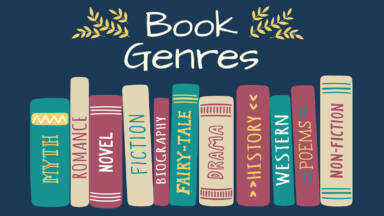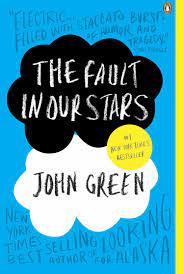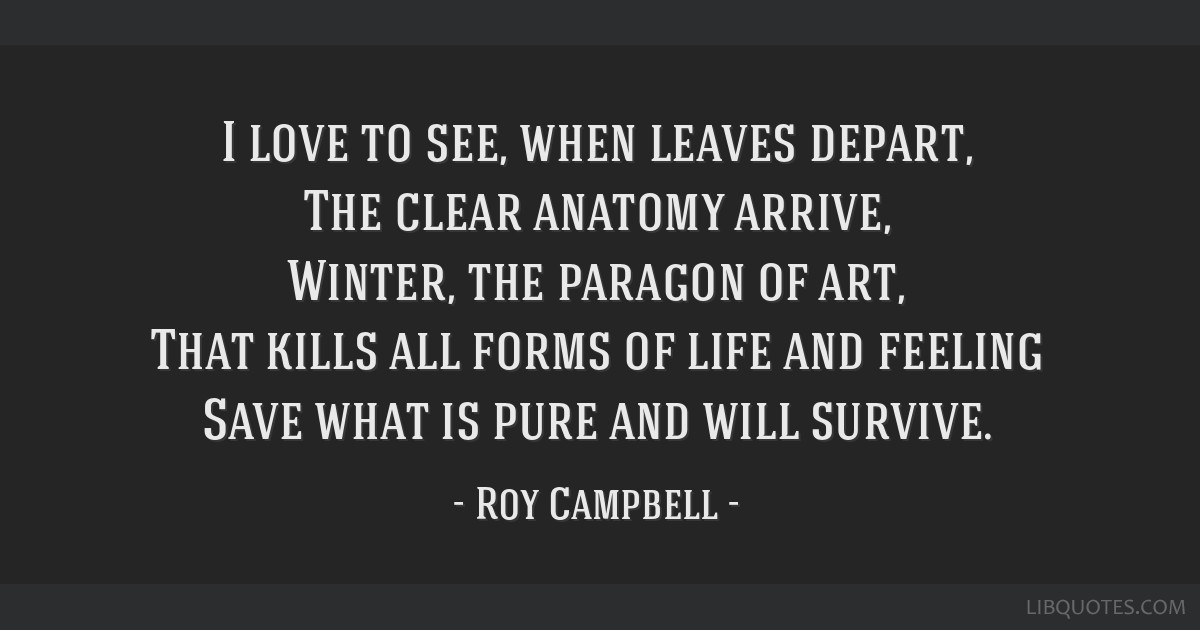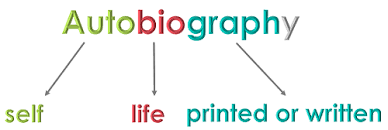
We say a poem, novel, story, or other literary work belongs to a particular genre if it shares at least a few conventions, or standard characteristics, with other works in that genre. For example, works in the Gothic genre often feature supernatural elements, attempts to horrify the reader, and dark, foreboding settings, particularly very old castles or mansions. There are two main types of reading material – fiction and non-fiction. Both types may be further divided into genres. A genre is simply a fancy name for a group of books which share style, form, or content. Is that as clear as mud? Well, read on, you’ll get it.
Non-Fiction Genre
All of the information in a non-fiction book is based on the known true facts. Nothing can be made up. Non-fiction books include how-to books, science books, history books, biographies, autobiographies and much more. Non-fiction books can be about any subject.
Fiction Genres
Fictional stories may be based on actual events or people or may be based entirely on the author’s imagination, but fictional stories all contain elements that are made up or created by the author.
Realistic fiction - Fictional stories that take place in modern time, right here and now. The characters are involved in events that could really happen.

Mystery - Fictional stories about a mysterious event, which is not explained, or a crime that is not solved until the end of the story, to keep the reader in suspense. x Fantasy Fiction that contains elements that are NOT realistic, such as talking animals, magical powers, etc. Make-believe is what this genre is all about. x Science Fiction Stories that include futuristic technology; a blend of scientific fact and fictional elements.
Historical Fiction - Stories which take place in a particular time period in the past. Often the basic setting is real, but the characters are fictional.
Folk Tales, Tall Tales, and Fairy Tales - Folk tales are stories with no known creator. They were originally passed down from one generation to another by word of mouth. The authors on folk tale books today are retelling these stories. Although, folk tales are sometimes based on real historical figures, there are fictional elements to the story. Tall tales are generally folk tales in which the main character is bigger than life in some way – examples would be Paul Bunyan, Mike Fink, Swamp Angel, etc. Fairy tales were often created to teach children behaviour in an entertaining way. Folk tales, tall tales, and fairy tales are found in most libraries in the non-fiction section with a Dewey Decimal Classification of 398. Some libraries place picture book versions of folk tales in the easy book section.
Myths - Myths are stories that usually explain something about the world and involve gods and other supernatural beings. Although, myths are fictional stories, in most libraries they are found in the non-fiction section of the library in the 290s.
Poetry - Poetry is verse written to create a response of thought and feeling from the reader. It often uses rhythm and rhyme to help convey its meaning. Poetry collections are usually found in the non-fiction section of the library under the Dewey Decimal Classification numbers 808 - 811. Occasionally a novel may be written in free verse form and is found in the fiction section of the library, or a picture book of a poem may be found in the easy section.

Biography - A biography is the story of a real person’s life, written or told by another person. Biographies may be located in a section of their own in some libraries and may be labelled B for biography or use the Dewy Decimal System Classification number of 92 and then are listed in alphabetical order according the name of the person, which the book is about. Biographies of 2 or more people in the same book use the Dewey Classification number of 920.
Autobiography - An autobiography is the story of a real person’s life, written or told by that person. Autobiographies are found in the same place as the biographies in the library. See biographies for the different places you might find autobiographies in your library and then check with your librarian if you can’t find them in your library.
